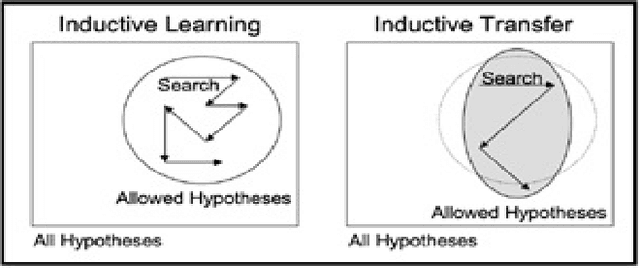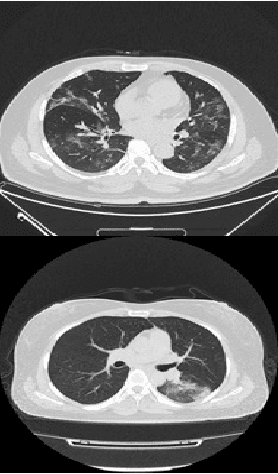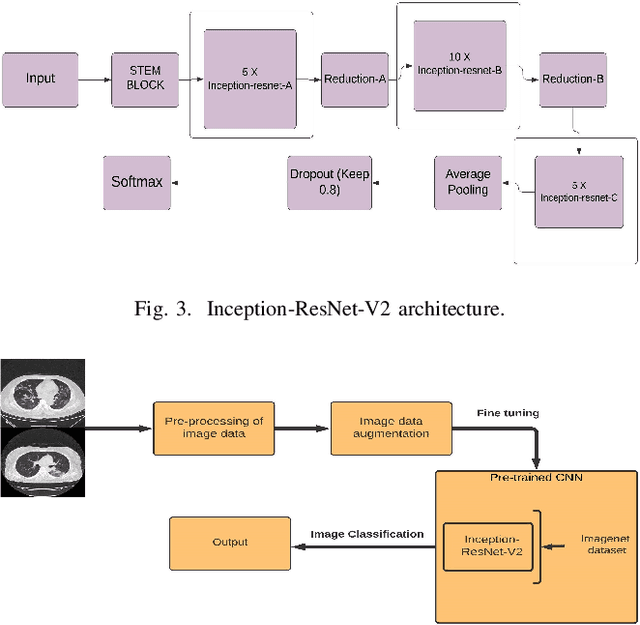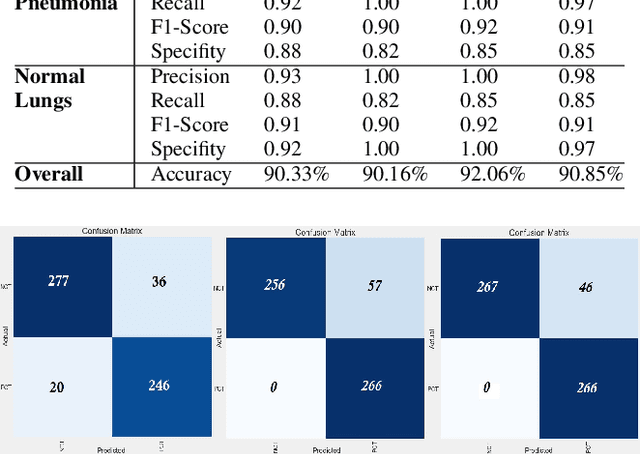Zag Elsayed
Big Data and Deep Learning in Smart Cities: A Comprehensive Dataset for AI-Driven Traffic Accident Detection and Computer Vision Systems
Jan 07, 2024Abstract:In the dynamic urban landscape, where the interplay of vehicles and pedestrians defines the rhythm of life, integrating advanced technology for safety and efficiency is increasingly crucial. This study delves into the application of cutting-edge technological methods in smart cities, focusing on enhancing public safety through improved traffic accident detection. Action recognition plays a pivotal role in interpreting visual data and tracking object motion such as human pose estimation in video sequences. The challenges of action recognition include variability in rapid actions, limited dataset, and environmental factors such as (Weather, Illumination, and Occlusions). In this paper, we present a novel comprehensive dataset for traffic accident detection. This datasets is specifically designed to bolster computer vision and action recognition systems in predicting and detecting road traffic accidents. We integrated datasets from wide variety of data sources, road networks, weather conditions, and regions across the globe. This approach is underpinned by empirical studies, aiming to contribute to the discourse on how technology can enhance the quality of life in densely populated areas. This research aims to bridge existing research gaps by introducing benchmark datasets that leverage state-of-the-art algorithms tailored for traffic accident detection in smart cities. These dataset is expected to advance academic research and also enhance real-time accident detection applications, contributing significantly to the evolution of smart urban environments. Our study marks a pivotal step towards safer, more efficient smart cities, harnessing the power of AI and machine learning to transform urban living.
AI on the Road: A Comprehensive Analysis of Traffic Accidents and Accident Detection System in Smart Cities
Jul 22, 2023Abstract:Accident detection and traffic analysis is a critical component of smart city and autonomous transportation systems that can reduce accident frequency, severity and improve overall traffic management. This paper presents a comprehensive analysis of traffic accidents in different regions across the United States using data from the National Highway Traffic Safety Administration (NHTSA) Crash Report Sampling System (CRSS). To address the challenges of accident detection and traffic analysis, this paper proposes a framework that uses traffic surveillance cameras and action recognition systems to detect and respond to traffic accidents spontaneously. Integrating the proposed framework with emergency services will harness the power of traffic cameras and machine learning algorithms to create an efficient solution for responding to traffic accidents and reducing human errors. Advanced intelligence technologies, such as the proposed accident detection systems in smart cities, will improve traffic management and traffic accident severity. Overall, this study provides valuable insights into traffic accidents in the US and presents a practical solution to enhance the safety and efficiency of transportation systems.
A Transfer Learning Based Approach for Classification of COVID-19 and Pneumonia in CT Scan Imaging
Oct 17, 2022



Abstract:The world is still overwhelmed by the spread of the COVID-19 virus. With over 250 Million infected cases as of November 2021 and affecting 219 countries and territories, the world remains in the pandemic period. Detecting COVID-19 using the deep learning method on CT scan images can play a vital role in assisting medical professionals and decision authorities in controlling the spread of the disease and providing essential support for patients. The convolution neural network is widely used in the field of large-scale image recognition. The current method of RT-PCR to diagnose COVID-19 is time-consuming and universally limited. This research aims to propose a deep learning-based approach to classify COVID-19 pneumonia patients, bacterial pneumonia, viral pneumonia, and healthy (normal cases). This paper used deep transfer learning to classify the data via Inception-ResNet-V2 neural network architecture. The proposed model has been intentionally simplified to reduce the implementation cost so that it can be easily implemented and used in different geographical areas, especially rural and developing regions.
 Add to Chrome
Add to Chrome Add to Firefox
Add to Firefox Add to Edge
Add to Edge